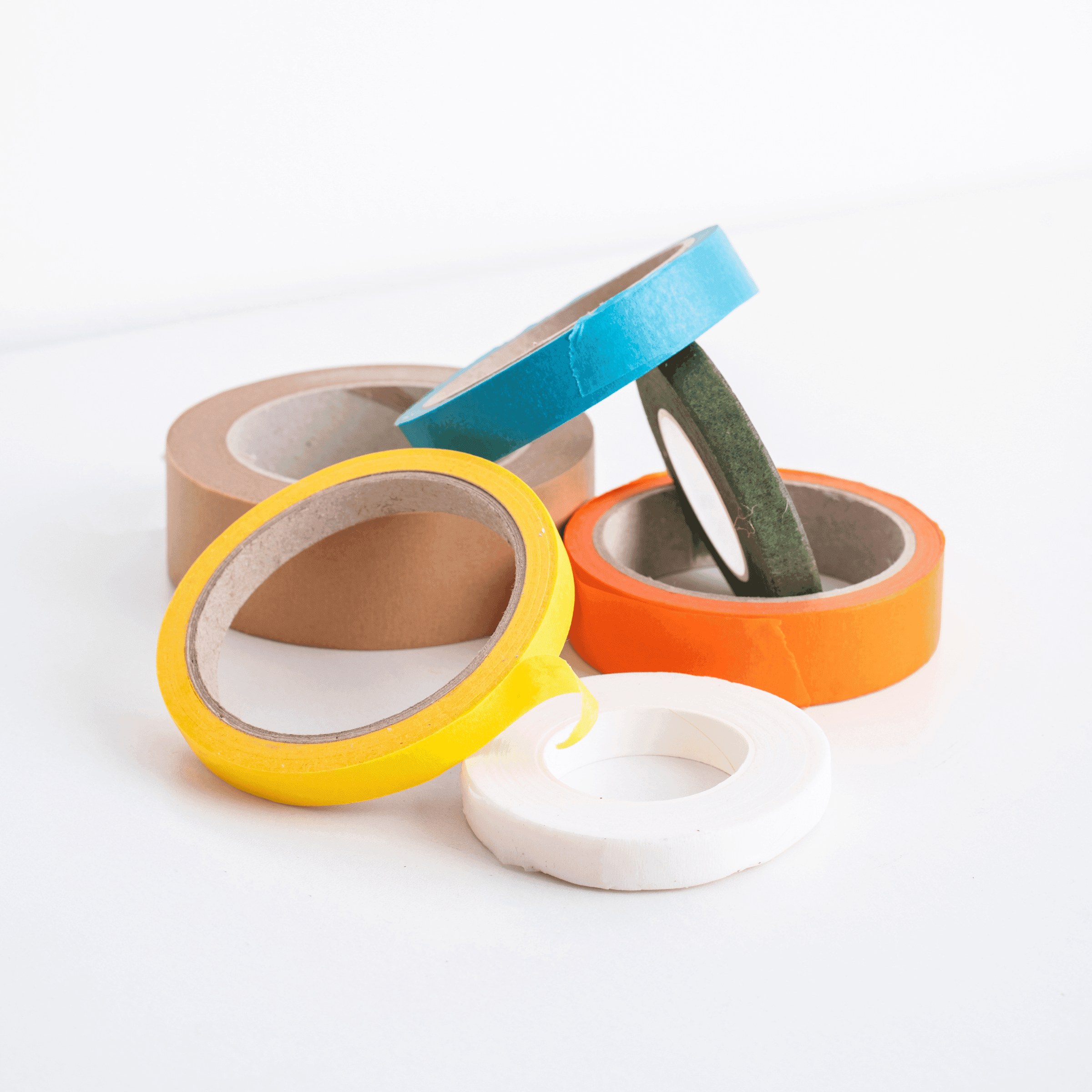Many brands start kitting with simple projects: bundling a few SKUs into a gift set, adding inserts, or relabeling inventory for a limited run. But the stakes change when a major retailer or marketplace places an order. At that scale, kitting is no longer just a packaging task—it becomes a carefully engineered process where compliance, accuracy, and consistency determine success. One missed label, one mismatched ASN, or one late truck can trigger costly chargebacks or even threaten a retail relationship.
This article explores how to scale kitting operations from startup volumes to national big-box programs, while meeting the strict compliance standards of retailers, distributors, and marketplaces.
What Retail-Ready Kitting Really Means
Retail-ready kitting is about much more than assembling multiple products into a set. It requires building saleable units that meet every requirement across the supply chain—labeling, packaging, palletizing, data reporting, and transportation. In other words, success isn’t measured by how the finished product looks in your facility, but by how smoothly it moves through retailer DCs and onto store shelves without intervention or exception fees.

Core Compliance Requirements
When preparing kits for large-scale retail, brands must align with a series of strict standards:
- Product and Unit Labeling – Each unit must carry a retailer-approved identifier such as a UPC/EAN or FNSKU, plus batch/lot codes for consumables and cosmetics. Label placement and scannability are often audited.
- Carton and Case Compliance – Outer cartons must follow exact rules for size, weight, and labeling. Most require GS1-128 labels with SSCC carton IDs, item counts, and PO numbers. Display-ready packaging introduces additional requirements.
- Pallet Standards – Pallets typically need to follow strict Ti × Hi patterns on 48×40 footprints. Retailers may mandate slip sheets, corner boards, or stretch-wrap specs.
- EDI and ASN Accuracy – Every shipment must be pre-advised with perfect data. If your ASN doesn’t match your physical shipment, you risk chargebacks or delays.
- On-Time Delivery – Even perfectly packed shipments can be rejected if they miss scheduled appointments. Routing guides and carrier portals must be followed to the letter.
Building a Scalable Kitting Program
Scaling kitting for compliance requires structure and repeatability. A proven playbook includes:
- Standardizing the Scope – Document every kit with a bill of materials, golden samples, and photo SOPs that define pass/fail criteria.
- Running Pilot Builds – Start small to validate cycle times, error rates, and workflow design before scaling to tens of thousands of units.
- Designing the Line – Break out workstations for inspection, assembly, labeling, and QC. Use jigs and visual aids to cut down on errors.
- Integrating Systems – Tie WMS and barcode scanning into each step so counts, labels, and EDI stay aligned.
- Layering in Quality Checks – Use barcode scans, weight verification, and AQL sampling to detect issues early.
- Locking Down Outbound – Generate labels, pallet placards, and shipping docs directly from your WMS. Confirm appointments before the truck arrives.

How Compliance Changes by Channel
- Marketplaces (Amazon, Faire, Shopify) focus on speed and barcode accuracy. Packaging must be scan-ready and often parcel-optimized.
- Specialty and Department Stores demand stricter case labeling, presentation quality, and carton compliance.
- Big-Box Retailers impose the most rigorous standards: routing guides, pallet patterns, live appointments, and sustainability expectations. Chargebacks are common and closely monitored.
Preventing Chargebacks
Most chargebacks come from mismatches—between a label and its contents, or between an ASN and the physical shipment. Brands can minimize this risk by:
- Printing all labels from system data, not spreadsheets.
- Scanning units, cartons, and pallets at seal.
- Capturing pallet photos for proof of compliance.
- Reconciling ASNs against pack scans, not forecasts.
- Auditing the first pallet of every PO before shipment.
Quality, Traceability, and Returns
For consumables and cosmetics, traceability is mandatory. Record lot codes at both the component and kit level, and connect them to outbound SSCCs. This data is essential for targeted recalls or rework programs, and avoids unnecessary write-offs if a problem arises.
Infrastructure That Enables Scale
Two factors accelerate scalable kitting:
- Proximity – Facilities near major ports and parcel hubs reduce drayage costs and improve delivery windows.
- Permissions – Bonded warehousing defers duties on imported components until they are kitted or released into U.S. commerce, freeing up working capital and supporting re-export scenarios.
At Snapl, for example, we operate an ecommerce-focused fulfillment center in Gloucester City, NJ and a CBP-licensed bonded warehouse in South Hadley, MA. This combination allows brands to stage inventory duty-deferred, assemble compliant kits, and release them directly into retail or marketplace networks with confidence.

KPIs to Monitor
To keep a big-box kitting program healthy, track:
- First-Pass Yield (FPY) – Units that pass QC without rework.
- On-Time In-Full (OTIF) – Orders delivered exactly as promised.
- Scan Accuracy – Validation of all unit, case, and pallet barcodes.
- ASN Match Rate – Percentage of shipments with zero EDI discrepancies.
- Cycle Time – Days from order release to compliant ship.
Preparing for Scale
Before shipping to any major retailer, brands should confirm:
- Retailer routing guides are reviewed and SOPs updated.
- Golden samples and photo instructions are approved.
- All barcodes are validated.
- Labels and ASNs are generated through integrated systems.
- Quality control procedures are in place and documented.
- Appointments are scheduled in advance.
Scaling Without Risk
Retail success depends on more than great products—it requires operational discipline that protects your margins and your relationships. By structuring kitting around compliance, investing in the right infrastructure, and monitoring the right KPIs, brands can grow from small pilot runs to national rollouts without missing a beat.
At Snapl, we help brands bridge that gap with facilities, systems, and teams built for compliance at scale. Whether you’re preparing a seasonal kit, launching a national test, or expanding into big-box retail, we make sure your kitting program is retail-ready, every time.
Store, manage, and ship with confidence. Let’s build your compliant kitting program together.

Partner with Snapl for retail-ready compliance, from startup runs to big-box programs.
Contact Us





